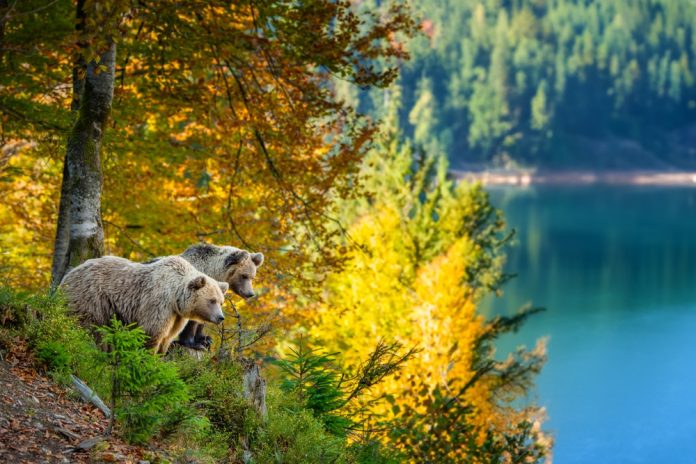Capturing wildlife in its natural environment is an art that combines patience, observation, and technical skill. For beginners, the challenge is not just in photographing animals but in presenting them in a way that evokes emotion, tells a story, and highlights their natural beauty. The right wildlife photography composition can transform a simple snapshot into an image that captivates viewers.
Whether you are photographing birds in your backyard, large mammals on a safari, or insects in a meadow, understanding composition is crucial. Wildlife photography composition is about more than centering your subject; it’s about creating balance, guiding the viewer’s eye, and emphasizing the unique characteristics of the animal and its surroundings. In this article, we will explore practical tips and strategies to improve your compositions and create compelling wildlife imagery.
Beyond capturing the perfect shot, how you present your images can make a significant difference. Printing your wildlife photography on high-quality surfaces like metal can bring vibrancy and depth to your images. More on that in a bit!
Understanding Wildlife Photography Composition

Photo by John Boland via Shutterstock
Wildlife photography composition is the foundation of visually compelling images. Composition refers to how elements are arranged within the frame, how the subject interacts with its surroundings, and how visual weight is distributed. For beginners, it’s important to focus on creating a balanced, harmonious composition that draws attention to the animal without distractions.
Start by observing your subject and environment. Notice the patterns, colors, and textures in the scene. Position yourself so that the animal is prominent but also connected to its habitat, as context often tells a more engaging story. Wildlife photography composition is not just about technical correctness; it’s about evoking a sense of place and behavior.
Remember that composition can guide the viewer’s eye. Using techniques like framing, symmetry, and negative space allows you to emphasize the main subject while maintaining visual interest throughout the image. Developing an eye for composition will take time and practice, but consistently applying these principles will elevate your wildlife photography.
Framing and Perspective in Wildlife Photography
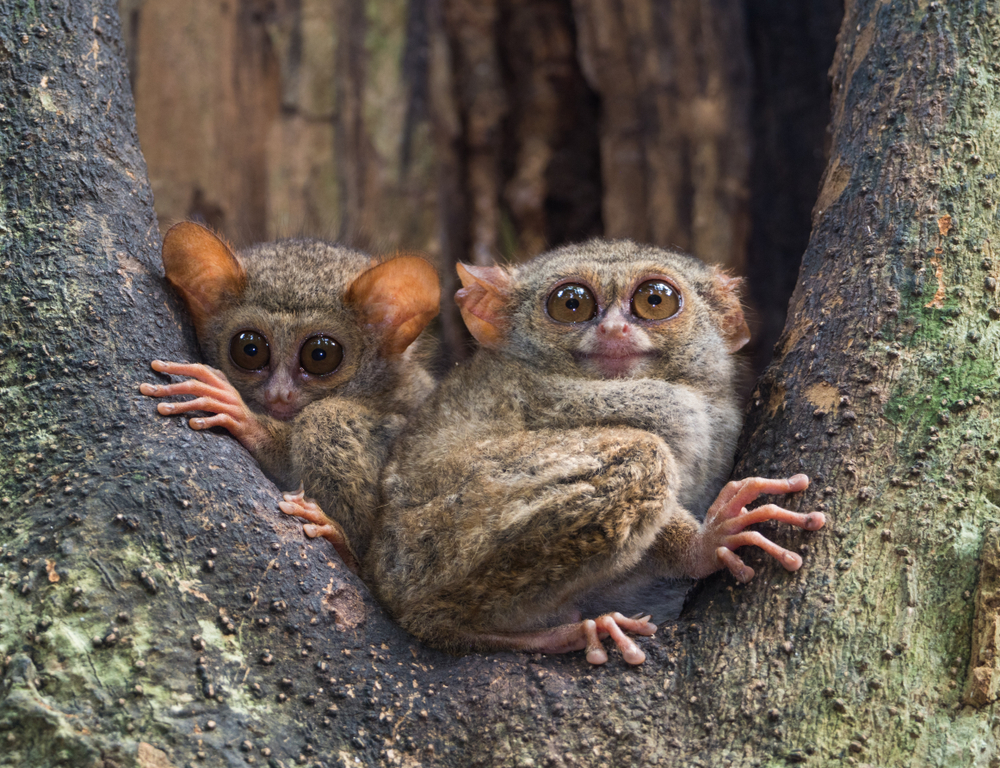
Photo by Arie de Gier via Shutterstock
The perspective you choose can dramatically affect the impact of your wildlife images. Shooting from a lower angle often conveys intimacy and gives the viewer a sense of being on the same level as the animal. Conversely, a higher angle can highlight the environment or show the animal in its habitat context.
Natural frames, such as tree branches, tall grasses, or rock formations, can help direct the viewer’s attention to the subject. Wildlife photography composition often benefits from thoughtful framing, as it isolates the subject and adds layers of interest to the image.
Experimenting with different distances and lenses also impacts perspective. A telephoto lens allows close-up compositions without disturbing the animal, while a wider lens can include environmental elements for storytelling. Understanding perspective in wildlife photography composition gives you the flexibility to capture more dynamic and engaging shots.
Applying the Rule of Thirds Effectively
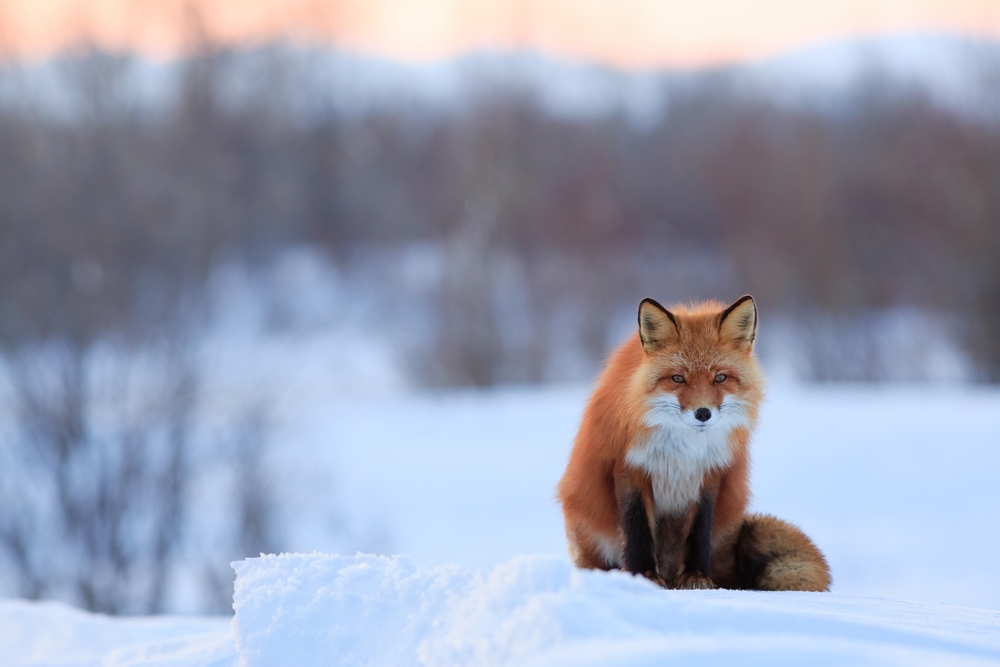
Photo by Andrei Stepanov via Shutterstock
The rule of thirds is a widely used principle in wildlife photography composition. By dividing your frame into a 3×3 grid, you can place the main subject off-center, creating a more natural and aesthetically pleasing composition. This approach helps balance your image and draws the viewer’s eye to important elements.
While the rule of thirds is an excellent starting point, it’s important to recognize when breaking it can enhance the photo. Symmetry, central positioning, or placing subjects near the edges can create tension, focus, or movement in wildlife photography composition. The key is intentionality—every choice should enhance your storytelling.
Using the rule of thirds doesn’t mean your compositions will be formulaic. Combine it with other techniques such as leading lines or negative space to maintain creativity while achieving a visually strong composition.
Using Leading Lines to Enhance Your Images

Photo by Jordan Jordanov-FlyingMan via Shutterstock
Leading lines are visual elements that guide the viewer’s eye through the frame toward the main subject. In wildlife photography composition, these could be streams, tree trunks, paths, or the direction of an animal’s gaze. Leading lines add depth, flow, and movement to an image.
Carefully consider how natural lines interact with your subject. For example, a diagonal line can convey action or tension, while horizontal lines create calm and stability. Positioning your subject along or at the end of a leading line strengthens its visual impact.
Incorporating leading lines in wildlife photography composition is particularly effective in complex environments. It prevents the image from feeling cluttered, emphasizes the subject, and enhances the storytelling aspect of your photograph.
Managing Backgrounds and Foregrounds
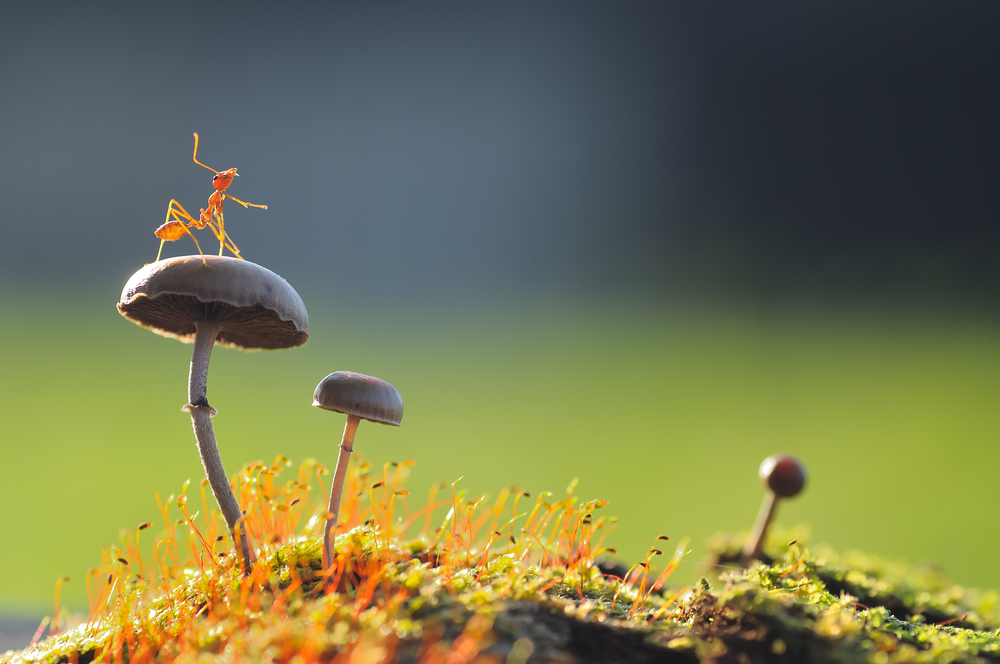
Photo by Robby Fakhriannur via Shutterstock
A clean, uncluttered background ensures your subject remains the focus. Wildlife photography composition often fails when distracting elements compete with the animal. Look for natural contrasts in color, texture, or brightness that help your subject stand out.
Foreground elements can add depth and context, such as leaves, rocks, or water. Including foreground elements allows you to create a sense of scale and immersion. Experiment with shallow depth of field to separate your subject from the background, enhancing visual clarity and impact.
Carefully managing both background and foreground is essential for strong wildlife photography composition. Every element in the frame should serve a purpose, either supporting the story or enhancing the subject’s prominence.
Lighting and Timing for Dynamic Wildlife Shots
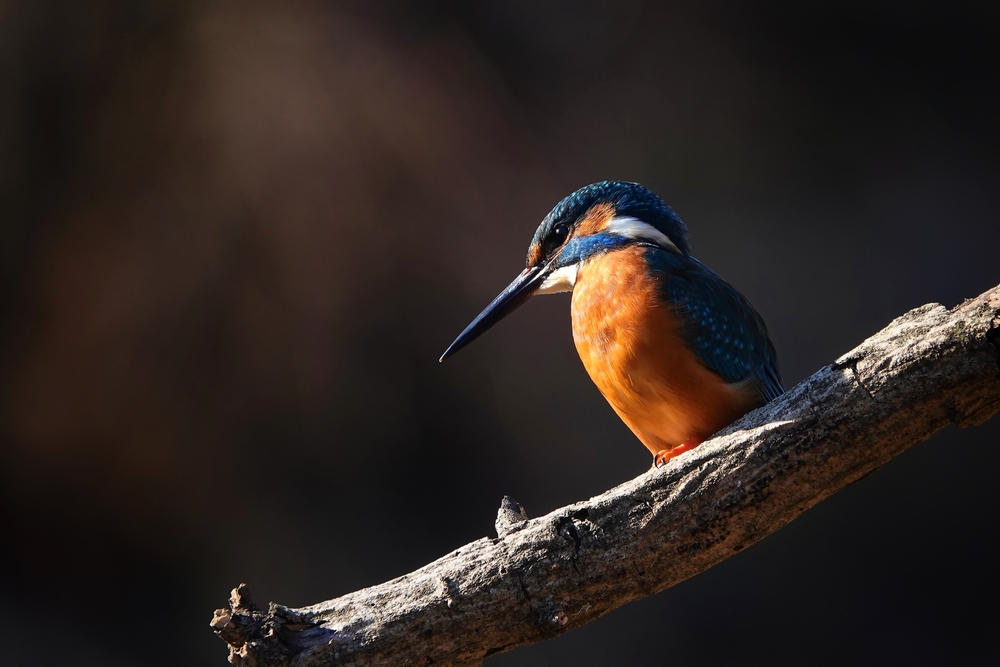
Photo by mutinamatyas_photo via Shutterstock
Lighting is a critical component of wildlife photography composition. Early morning and late afternoon offer soft, warm light that adds dimension and depth. Harsh midday light can create unwanted shadows or washed-out colors, so understanding natural light patterns is key.
Time of day also influences animal behavior. Capturing wildlife during feeding, hunting, or social interactions can result in more dynamic compositions. Patience and observation are essential tools for any wildlife photographer.
Incorporating lighting and timing effectively ensures your wildlife photography composition is not just technically sound but emotionally resonant. The right light enhances textures, colors, and expressions, elevating the overall impact of your images.
Creating Depth and Dimension in Wildlife Photography Composition

Photo by GUDKOV ANDREY via Shutterstock
Depth adds a three-dimensional feel to your images, making them more engaging. Techniques like overlapping elements, using foreground and background layers, and employing perspective lines all contribute to this sense of depth.
Depth can also be achieved by playing with focus. Isolating the subject using a wide aperture while keeping other elements slightly blurred creates separation and highlights the animal. Wildlife photography composition benefits greatly from these techniques as they make images feel more lifelike and immersive.
Experiment with different angles and distances to enhance depth. A combination of wide shots and tight close-ups allows you to vary the storytelling and showcase your subject in context, making your compositions more versatile and dynamic.
Printing Your Wildlife Images: Bringing Compositions to Life
Capturing wildlife is just the first step; printing your images can elevate their impact and permanence. High-quality prints allow you to showcase your work in a tangible form, making the details, textures, and colors of your wildlife photography truly stand out. Artbeat Studios offers HD Metal Prints that deliver exceptional color vibrancy and detail, ensuring your compositions are preserved beautifully.
Options such as White Gloss, White Matte, White Satin, Silver Gloss, and Textured Matte offer different visual effects, allowing photographers to choose the finish that best complements their image. Outdoor HD Metal Prints are ideal for displaying wildlife imagery in spaces with natural light or outdoor exposure, thanks to their weather-resistant properties.
Artbeat Studios also provides versatile wall mount options, including black aluminum, float mounts, and EZ-Stick Tape, along with a range of frame options. These choices make it easy to display your work elegantly and safely, whether as a single focal piece or as part of a larger gallery wall.
Investing in quality prints is an extension of your commitment to wildlife photography composition. Your photos, captured with intention and creativity, deserve a presentation that matches their beauty and impact. With Artbeat Studios, you can ensure your wildlife compositions are experienced in their full vibrancy and detail.
Developing a Personal Eye for Wildlife Photography Composition
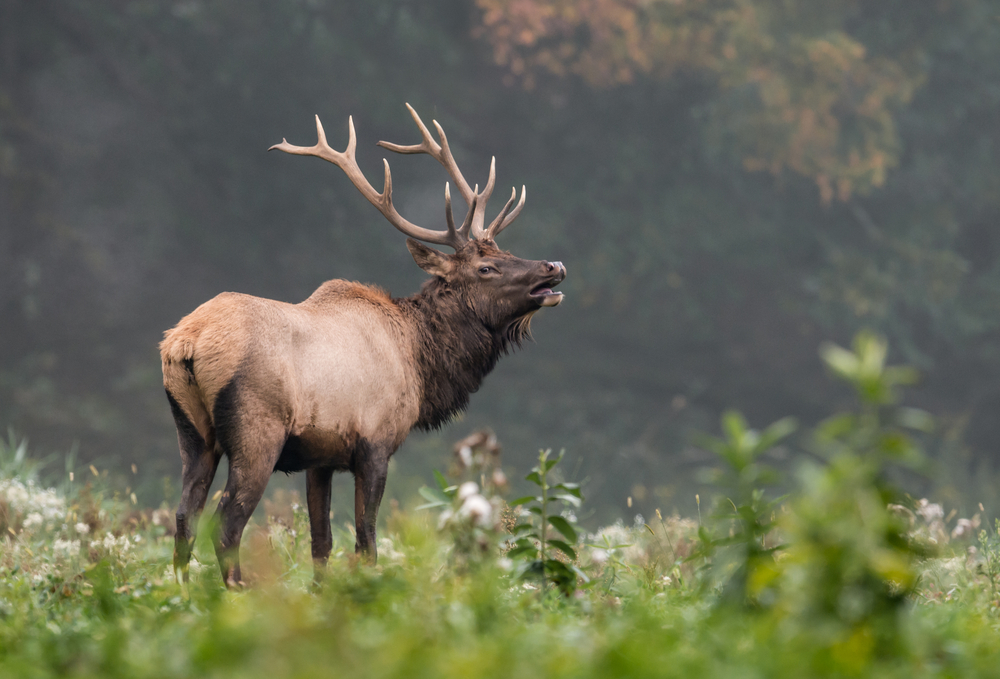
Photo by Harry Collins Photography via Shutterstock
Mastering wildlife photography composition is a journey. It requires experimentation, observation, and reflection. Each outing provides opportunities to refine your approach, whether adjusting angles, testing lighting, or exploring new framing techniques.
Study the work of experienced wildlife photographers to understand how composition choices affect mood, storytelling, and viewer engagement. Practice consistently and analyze your images critically. Over time, you will develop a personal style that reflects both your technical skill and artistic vision.
Remember that wildlife photography composition is dynamic. Animals are unpredictable, lighting changes, and environments vary. Flexibility, patience, and creativity are essential to capturing compelling images that truly resonate.
FAQ

Photo by Kiwi photo via Shutterstock
What is the most important aspect of wildlife photography composition?
Focus on creating balance, guiding the viewer’s eye, and emphasizing the subject while maintaining context. Composition should enhance storytelling and visual impact.
How can I improve my wildlife photos without expensive equipment?
Pay attention to framing, perspective, lighting, and background. Use natural light, observe animal behavior, and experiment with angles and focal lengths to enhance your composition.
Is printing wildlife images worth it?
Yes. High-quality prints like metal prints from Artbeat Studios preserve vibrancy, detail, and depth, giving your images lasting visual impact and a professional presentation.
Can I use the rule of thirds in every wildlife photo?
While it’s a helpful guideline, the rule of thirds is not mandatory. Sometimes breaking it with central or asymmetrical compositions can produce more dynamic or emotionally resonant images.
How do I manage distractions in wildlife photography composition?
Pay attention to backgrounds and foregrounds, use depth of field to isolate the subject, and position yourself to minimize competing elements. Every element should support the main subject.
Our articles might have affiliate links and the occasional sponsored content, but don’t sweat it – if you buy something, we get a little kickback at no extra cost to you, and we only hype products we truly believe in!
Learn More:
- Why Artbeat Studios’ Silver Gloss Metal Print is So Good
- Pulling Back the Curtain on Artbeat Studios’ Metal Prints
Photo by Volodymyr Burdiak via Shutterstock

